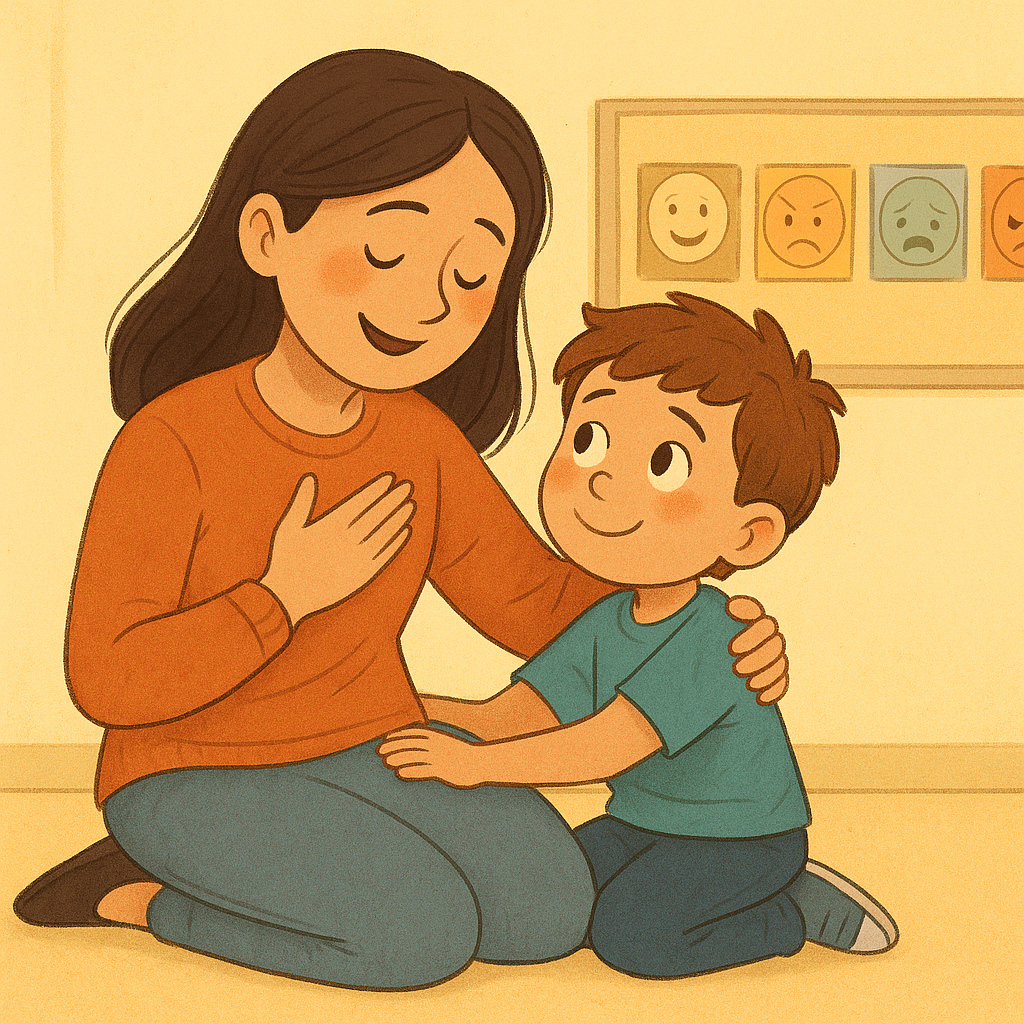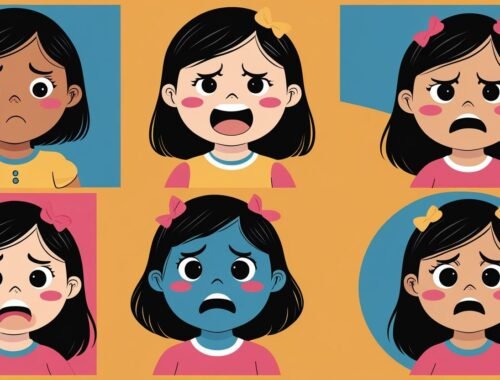
👀 I See You – A Story About Slowing Down and Looking Closer
When you’re new in a preschool classroom—especially one with 36 tiny humans—it’s safe to say it takes a minute to get your bearings. You’re learning names, routines, the daily snack preferences, and which child is deeply committed to wearing one sock. And of course, the children are learning you too.
In my experience, it also doesn’t take long to hear labels tossed around.
“He’s the difficult one.”
“She’s got behavioral issues.”
“That one? Never listens.”
And just like that, children become categories before anyone’s even tried to understand them.
But I’ve never been comfortable with that. I always ask my fellow educators—gently, of course—to let me form my own opinions. I want to observe, not assume. Because the truth is, no child is ever just “difficult.” There’s always more underneath.
When I first walked into this particular classroom, I could feel the chaos humming in the air. That was actually part of why I was hired—to help create a calmer, more responsive atmosphere. There were 3 other permanent staff members already there. Two were familiar faces to the children. One was new like me.
Within that sea of busy bodies and scattered block towers, one child stood out almost immediately. Let’s call him Daniel.
Daniel had a different way of navigating the classroom. He’d run in circles while others played. He’d lash out—often physically—when something didn’t go his way. He was cheeky, reactive, and constantly labeled by others as “aggressive,” “attention-seeking,” and “impossible to reason with.”
And every time something happened, the response was the same: he was told off. Again and again. “Daniel doesn’t listen.” “Daniel just wants attention.” “We’ve tried everything.” But no one seemed to actually help him. At least not in a way that worked for him.
So, I stepped in.
Not to fix him. But to understand him.
I started by simply being there. Not avoiding the chaos—standing in it with him. I noticed that Daniel didn’t just escalate… he launched. Zero to meltdown in seconds. His impulse control wasn’t just shaky—it was basically non-existent.
So I introduced something small: breathing. Mountain breaths. Flower breaths. We practiced when he was calm. We practiced when he was close to the edge. And after the storm, I always gave him space to tell his side—what happened, what he felt.
Sometimes he didn’t have the words. Sometimes the breathing wasn’t enough. So I added muscle relaxation—pressing hands into a wall, squeezing fists, clenching every muscle like a tiny, furious robot. These things helped. Not overnight. But slowly.
At first, I guided him through it all. Then came the moment he started doing it on his own. When things felt big, he paused. He pushed on the wall. He breathed. Not always, but often. And that, my friends, is huge.
Weeks passed. Chaos softened. And one afternoon, Daniel—who’d once been described as the child who “only causes problems”—came and sat beside me.
“I just came to give you some more love,” he said.
And my heart? Fully puddled.
Because here’s the thing: he was never just “aggressive.” He was a child full of so much love who hadn’t yet learned what to do with all his other overwhelming feelings.
We all have emotions. Big ones. Messy ones. As adults, we’ve (mostly) learned how to regulate them. But so often, we expect young children to do the same—with just a prompt or two and a “but I already told him once” mindset.
Sometimes it’s because educators haven’t been trained. Sometimes it’s because they’re overwhelmed themselves. But the truth remains: we can’t help children regulate what we’re not willing to understand.
If we don’t take the time to observe, to get curious, to dig deeper… we miss the child entirely.
And children like Daniel? They deserve to be seen—not labeled.
Until next time—
May your patience be steady, your empathy deep, and your love loud enough to be heard over the chaos.
—The Teacher Behind the Crayons

You May Also Like

Emotional Intelligence: Teaching children to Recognize and Label Their Emotions
June 18, 2025
Emotional Intelligence: Teaching Children About Self-Regulation
June 23, 2025

